
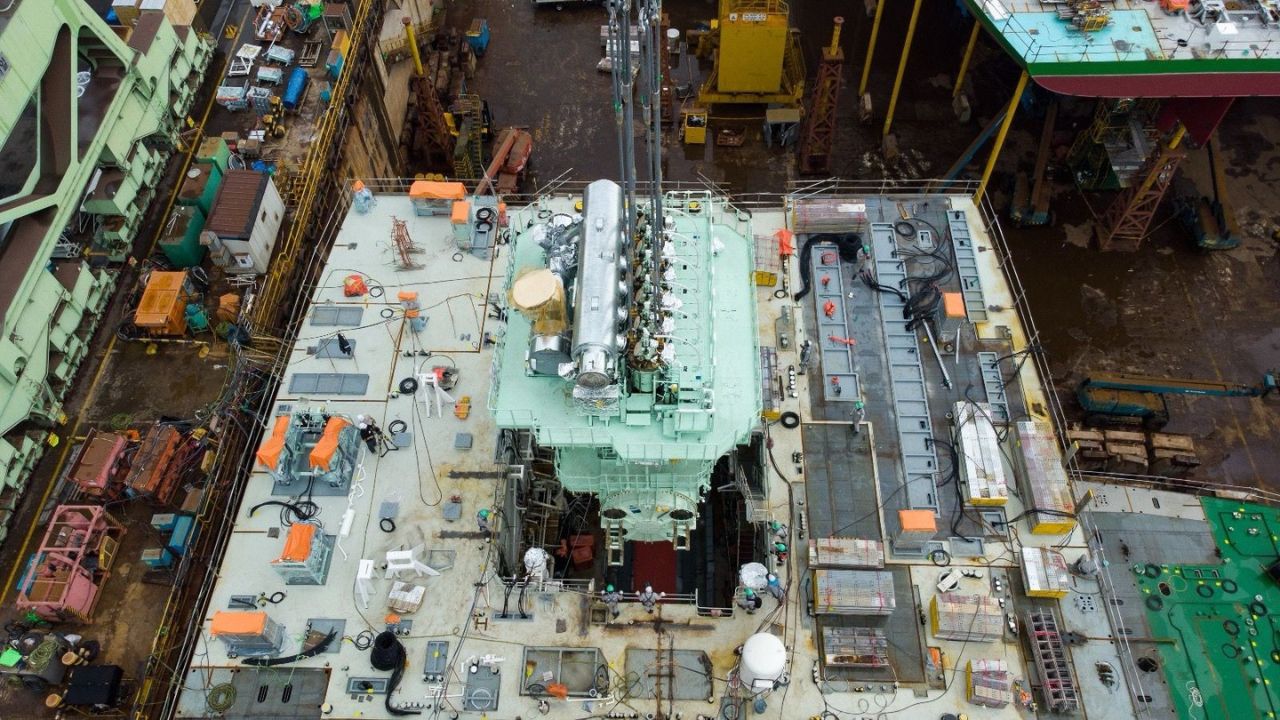 |
WinGD claims methanol and ammonia marine engines have transitioned from pilot projects to commercial readiness, but warns that regulatory uncertainty threatens the scaling required for shipping's decarbonisation targets by 2030.
The Swiss company's comments follow the Global Maritime Forum's report 'From pilots to practice: Methanol and ammonia as shipping fuels,' which concluded that zero or near-zero emissions (ZNZ) fuels are ready for rapid scaling once supply chains are established.
WinGD notes that it became the first engine designer to bring an ammonia-fuelled two-stroke marine engine to market in July following delivery of its X52DF-A engine on a 46,000 cbm LPG/ammonia carrier being built for Exmar. The vessel is the first ammonia-fuelled gas carrier in service.
The manufacturer's XDFM methanol engines are already operating within a global fleet of more than 60 methanol-capable vessels, according to WinGD.
Meanwhile, testing on WinGD's ammonia engines indicates the potential to cut tank-to-wake emissions by up to 95%, the company says.
Regulatory timeline concerns
WinGD echoes the Global Maritime Forum report's call for immediate action from the International Maritime Organization (IMO) and policymakers, claiming current regulatory uncertainty creates an "investment pause."
The company notes that while customers express interest in sustainable fuels, they require clear financial incentives to justify the premium costs of green methanol and ammonia over conventional fuels.
The IMO's Net Zero Framework represents progress, but WinGD warns that details — such as rewards for using ZNZ fuels — are not expected until March 2027, just nine months before implementation. The company claims this timeline is inadequate for complex supply chain development needed for alternative fuels.
Emissions verification focus
WinGD advocates for measurement-based emissions verification rather than relying on what it describes as "outdated default factors." The company claims its recent testing demonstrates that current LNG engine technology has reduced methane slip by up to 70% compared to decade-old baseline assumptions still used in regulations.
The engine designer argues that real-world emissions measurement will be essential to demonstrate ammonia's claimed 95% reduction potential in commercial operations as bunkering trials are underway.
WinGD states that genuine decarbonisation requires moving beyond calculations to actual performance measurements, stressing that this approach will reward innovation while preventing greenwashing.
The company concludes that with foundational technologies proving value for total cost of ownership and early commercial adoption underway, the maritime industry is ready to deliver on climate commitments — provided regulatory clarity, enhanced ZNZ fuel supply chain development, and robust emissions verification frameworks are implemented.
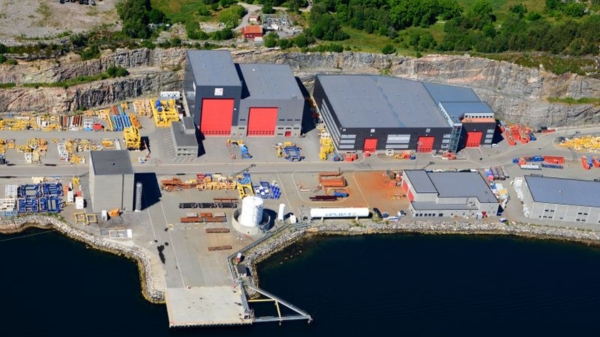
|
Molgas and NorSea Logistics reopen LNG facility in Kristiansund
The reopened facility will supply LNG and bio-LNG to dual-fuel vessels operating in Norwegian waters. |
|
|
|
||
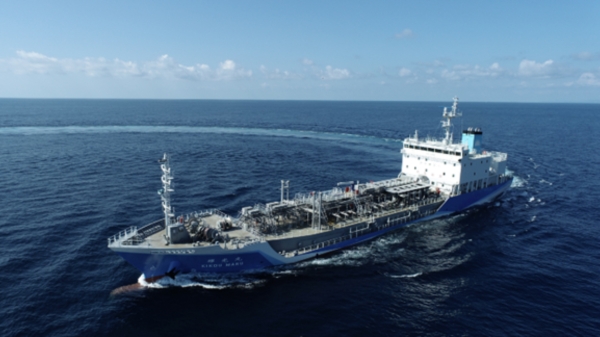
|
Hydrogen-fuelled tanker achieves top rating in zero-emission programme
Kikou Maru becomes first coastal vessel to secure financing under DBJ-ClassNK decarbonisation initiative. |
|
|
|
||
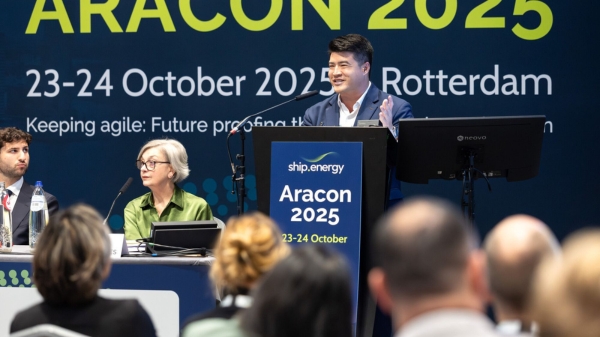
|
TFG Marine calls for ISO 22192 alignment in ARA MFM rollout
Company urges consistency as Rotterdam and Antwerp prepare mass flow meter implementation. |
|
|
|
||
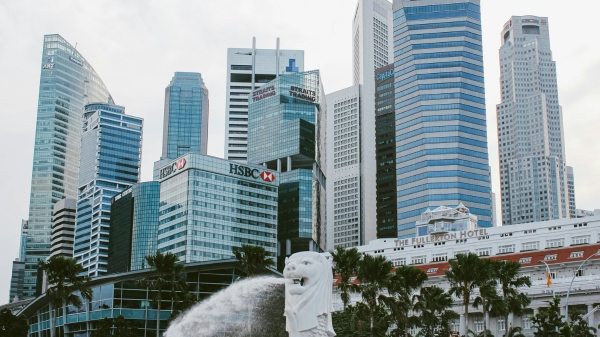
|
Peninsula renews $400m Singapore credit facility as part of $1.5bn funding capacity
Bunker supplier extends banking arrangement with eight-bank syndicate, including accordion option. |
|
|
|
||
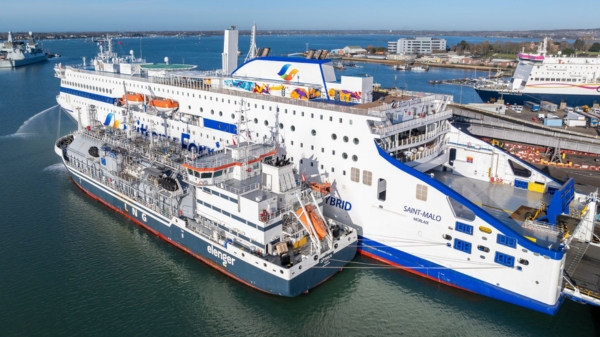
|
Titan delivers first liquefied biomethane to Saint-Malo ferry in Portsmouth
Optimus tanker supplies Brittany Ferries' vessel with biomethane at UK port. |
|
|
|
||
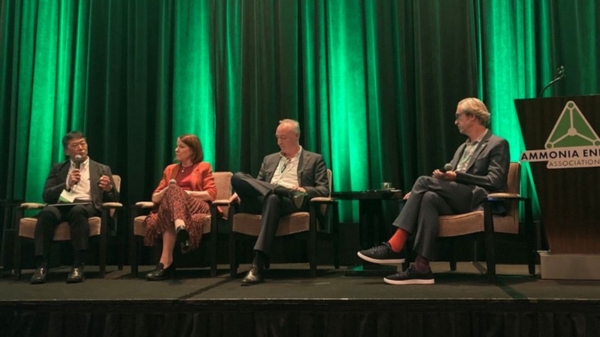
|
MOL outlines ammonia fuel strategy at Houston conference
Japanese shipping company discusses terminal acquisition and dual-fuel vessel plans at industry gathering. |
|
|
|
||
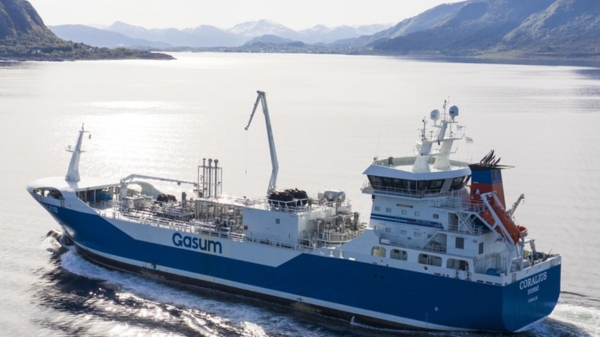
|
Gasum highlights how bio-LNG fleet generates compliance surplus
Energy firm's four gas-powered vessels generate regulatory surplus for pooling service participants. |
|
|
|
||
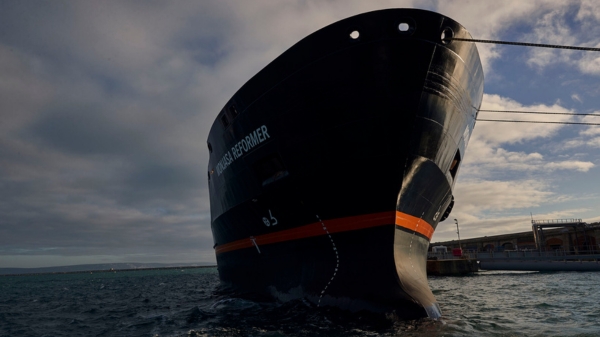
|
Monjasa secures NATO fuel supply contract across five operational areas
Danish marine fuel supplier wins one-year framework deal with two-year extension option. |
|
|
|
||
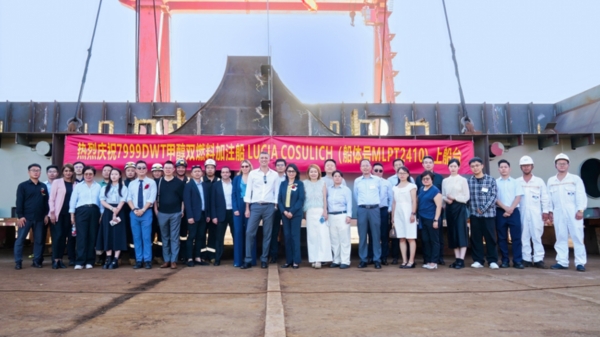
|
Fratelli Cosulich lays keel for second methanol-ready bunker vessel
Ceremony held to mark the beginning of the tanker's assembly phase. |
|
|
|
||
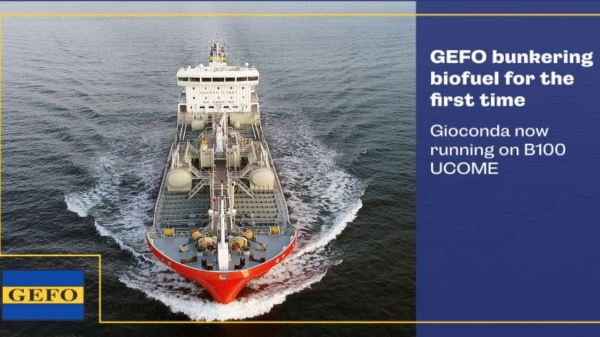
|
GEFO bunkers biofuel for first time as Gioconda runs on B100 UCOME
German shipping company takes maiden step into biofuel bunkering with used cooking oil biodiesel. |
|
|
|
||
| ClassNK grants approval in principle for ammonia-fueled LPG carrier design [News & Insights] |
| Yara Clean Ammonia begins construction of world's first ammonia-powered container ship [News & Insights] |
| Smaller ship owners face 'very challenging' methanol procurement landscape, warns Stream Marine [News & Insights] |
| Sanmar advances construction of world's largest methanol-powered escort tug [News & Insights] |